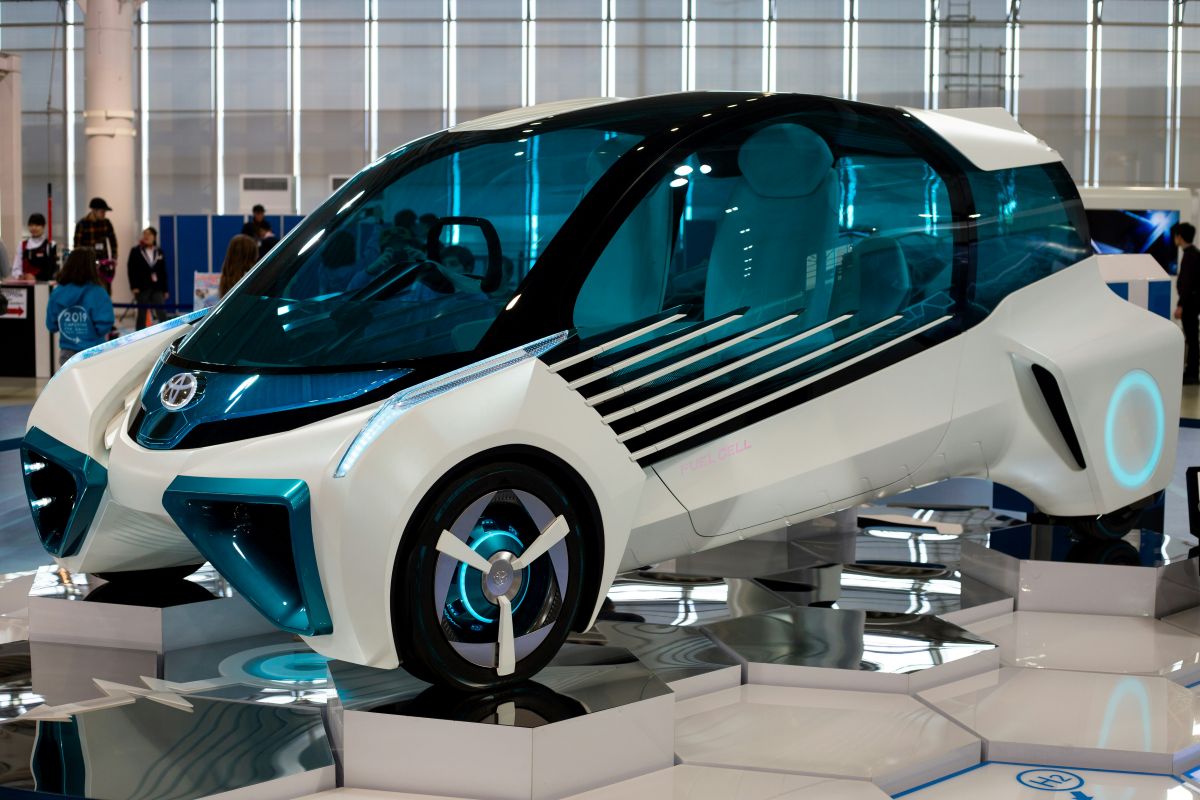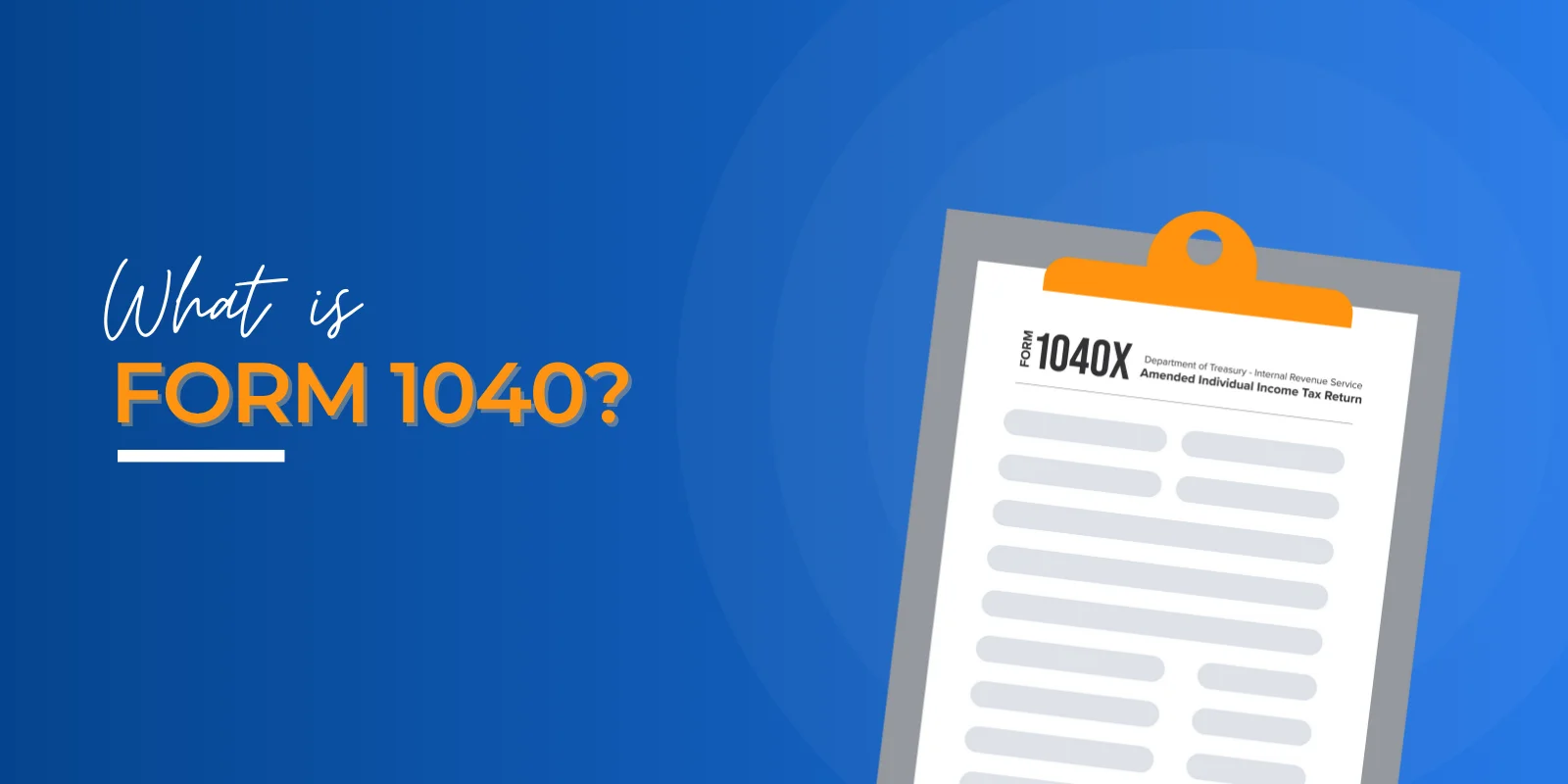If you live in the UK and you’re after a hydrogen car, you might be disappointed by the current lineup: just the Toyota Mirai and the Hyundai NEXO. But dig deeper and you’ll find plenty of cool hydrogen concept cars and prototypes. Here are the ones we hope will become a reality.
1. Hyperion XP-1 prototype
- Range: over 1,000 miles
- 0-60mph: 2.2 seconds
- Top speed: 221mph
- Curb weight: 1,248kg
- Horsepower: 2,000hp
- Price: $2,000,000 (£1,455,050)
Hypercar enthusiasts have been watching the Hyperion XP-1 with much interest. But they’ve been waiting a long time; whilst the car was unveiled to the public in 2020 and set to go into production in 2022, manufacturing still hasn’t started three years later.
Since then, Hyperion hasn’t provided any updates about its production, though it did try to auction off one of the XP-1’s prototypes, which could be used as a show car. Disappointingly, the prototype in question was fitted with a battery-electric powertrain, not hydrogen, so whether Hyperion will be able to deliver on the promised H2 vehicle is still up for debate.
Whilst most news outlets are excited by the concept car, many Reddit users think its specs are “impossible” because of its low claimed weight coupled with its incredible range (over 1,000 miles), which is more than double that of the Mirai and NEXO (around 400 miles each). It’s even higher than the world record for any hydrogen car’s range; this honour belongs to the second-generation Mirai, which travelled 845 miles on a full 5.65kg tank. Considering Hyperion hasn’t disclosed how big the tanks on the XP-1 are, we understand why there might be some scepticism.
Granted, most people won’t be able to buy this car; its sale price is listed at $2,000,000 per vehicle, and only about 300 models will be made – at least for the first production run.
Despite its flaws, the sports car does use some interesting technology. The XP-1 features two side solar panels that double as boosters and move independently from one another to improve aerodynamics while driving. The solar panels help power interior functions such as the lights. When the car is parked, these panels move to face the sun so the car gets as much solar energy as possible.
The company has also created mobile refuelling stations which can move around to meet demand. The fuel is made using 100% green hydrogen, a definite step in the right direction.
It all sounds like something out of a science fiction novel – no surprise, really, given the company’s name. Even when you put the key in the ignition, the start-up sequence sounds and looks like the beginning of a sci-fi film. Hopefully, the car doesn’t simply remain a concept.
2. NamX Hydrogen Utility Vehicle (HUV) prototype
- Two versions: GT and GTH
- Range: 500 miles
- 0-60mph: 6.5 seconds (GT) or 4.5 seconds (GTH)
- Top speed: 124mph (GT) or 155mph (GTH)
- Curb weight: unknown
- Horsepower: 300hp (GT) or 550hp (GTH)
- Price: from €75,000 (£63,924) for the GT, €95,000 (£80,971) for the GTH
NamX’s coupe SUV is perhaps one of the H2 vehicles we’re most excited for. Why? Because in late 2023, the company decided to update the HUV’s design so it would use a hydrogen internal combustion engine (ICE) instead of the typical fuel cell we’ve seen before.
This means it retains the sound and feel of a typical ICE petrol or diesel engine, while still reducing emissions and helping to achieve net zero. As a result, however, the vehicle will likely produce trace amounts of CO2.
You might also recognise some of the founding fathers’ names of New Automotive Mobility Exploration (NamX): French designer Thomas de Lussac, and, most notably, Italian car design company Pininfarina. Pininfarina is the design firm behind many incredibly designed cars, like the 1966 Alfa Romeo Spider, 1984 Ferrari Testarossa, and 1959 Ferrari 250 GT SWB.
And it is a beautiful car, though it doesn’t stray too far from a typical petrol, diesel or electric SUV. The most unusual and innovative feature is its six removable hydrogen storage capsules, which feed into the main non-removable tank and can be removed when empty and exchanged for full ones.
Given the relative lack of infrastructure for hydrogen vehicles in the UK and further afield, this would help car owners refuel even if H2 fuelling stations remain rare. NamX have also suggested that full capsules could be delivered straight to the car owner’s home, providing an easy way to refuel and an alternative to at-home electric charging points.
The company plans to open 4,000 ‘CapXStores’ across European supermarkets, car parks, petrol stations, and at NamX dealerships where new capsules can be purchased. It’s currently unclear whether empty capsules will be returned and refilled or disposed of.
You can currently pre-order one of the two versions of the NamX HUV, which would be delivered in Q4 2026, though only the 2022 models are available for this. These would therefore likely use the older hydrogen fuel cell engine rather than the newer hydrogen ICE.
3. BMW iX5 Hydrogen prototype
- Range: up to 313 miles
- 0-60mph: under 6 seconds
- Top speed: over 112mph
- Curb weight: unknown
- Horsepower: 401hp
- Price: unknown
In 2019, BMW unveiled a new SUV concept car based on the current BMW X5 model: the iX5 Hydrogen. The vehicle was a culmination of a range of specialists working together, including experts in hydrogen technology, vehicle development and the initial assembly of new models.
Since then, they’ve performed pilot tests by deploying 100 of these vehicles across the globe to demonstrate and trial the new technology, allowing members of the public to test H2-powered cars out for themselves.
And evidently the trials went well, because BMW recently announced that they would be teaming up with Toyota to create hydrogen fuel-cell production cars that will be available sometime in 2028.
They mentioned that this would come in the form of adding hydrogen versions of pre-existing models to their line-up. Whilst they haven’t revealed what type of car they’ll be producing first, it could very well be the iX5 Hydrogen considering how successful the pilot tests were.
The company promises that the iX5 “combines the typical BMW dynamics and agility” with H2 technology. Interestingly, BMW have put the vehicle forward as a car that drives “local emission-free mobility” – a far cry from the claims of most hydrogen vehicle experts who suggest that the technology is most suitable for long-range journeys where electric cars are less efficient.
4. Toyota Hilux Hydrogen prototype
- Range: 373 miles
- 0-60mph: unknown
- Top speed: unknown
- Curb weight: unknown
- Horsepower: unknown
- Price: unknown
Toyota are at it again. This time, they’re creating a hydrogen version of the Hilux, their ever-popular pick-up truck. Based on the eighth-generation Hilux, the H2 model retains the rugged readiness people are used to with the petrol and diesel varieties.
Unveiled in 2023, the carmaker has made 10 prototypes of the vehicle, five of which will “undergo rigorous field testing to assess safety, performance, functionality and durability” to “generate test drive data in real-world situations.” The other five will be used for customer and media demonstrations.
While a lot of the technical specs for this vehicle are unknown, Toyota has mentioned that the “fuel cell Hilux retains [the] uncompromising DNA” of the original Hilux. This suggests that the company will eventually try to match the stats of the ICE versions. However, the prototypes are currently fitted with the same powertrain as the Mirai, so performance is limited.
What has been compromised is the four-wheel drive (4WD) version. Hiluxes typically come in both rear-wheel drive (RWD) and 4WD varieties, but according to Car Magazine’s review of the hydrogen truck, the H2 Hilux has only been developed as a RWD to minimise weight.
Whether a 4WD version will be tested at a later date is as yet unknown.
Considering that many believe hydrogen is going to be most useful for larger trucks and heavy goods vehicles (HGVs), it’ll be interesting to see how this larger vehicle fares.
5. Ineos Grenadier Hydrogen prototype
- Range: 370 miles
- 0-60mph: unknown
- Top speed: unknown
- Curb weight: unknown
- Horsepower: unknown
- Price: unknown
As a 4×4 insurance specialist, we’re excited to see a hydrogen-powered Ineos Grenadier. The company claims that it “can do everything that a diesel or petrol-run Grenadier can do” while only emitting water vapour. And that’s certainly true of its towing abilities; prototypes have a payload and towing capacity of 3.5 tonnes, which is the same as ICE Grenadier models.
The vehicle uses the BMW Group’s latest hydrogen fuel cell powertrain, which is considered the most advanced and powerful in the industry. And it certainly looks the part; the only difference is that the bonnet protrudes upwards a little more than the petrol and diesel versions since it houses the fuel cell.
Like its petrol and diesel counterparts, the hydrogen Grenadier will be capable of both on and off-roading, with towing abilities to boot. It’s been tested in rugged areas of Austria and Australia to ensure the hydrogen fuel cell doesn’t compromise on power and performance.
When it comes to hydrogen, Ineos certainly have a leg-up in this regard. Through its INOVYN business, they’re already Europe’s largest existing operator of electrolysis, a technology that is integral to the production of green hydrogen.
Ineos have acknowledged that the hydrogen infrastructure has a long way to go, especially in the UK where only six stations are open to the public. And it’s perhaps because of this that the company has stated that they won’t be releasing the hydrogen Grenadier anytime soon. But the simple fact that the company have invested in this technology is a positive sign.
6. Alpine Alpenglow Hy6 prototype
- Range: unknown
- 0-60mph: unknown
- Top speed: 205mph
- Curb weight: 1,900kg
- Horsepower: 730hp
- Price: unknown
Alpine have created a hydrogen-powered supercar that’s designed for use both on the road and on the track.
Whilst previously a concept car, a prototype of the Alpenglow Hy6 has been made and demonstrated at the 2024 24 Hours of Le Mans. It builds on the company’s previous Hy4 model by more than doubling the overall power output.
What draws us to this prototype is that it’s an ICE model. This means that if it were to compete in motorsport, the hydrogen vehicle would retain the same sound we’ve grown used to when watching cars race around the track. And with many experts suggesting that hydrogen is the way forward for motorsport, we’re excited to see how this prototype turns out.
7. Riversimple Rasa prototype
- Range: 300 miles
- 0-60mph: 10 seconds
- Top speed: 60mph
- Curb weight: 620kg (approximate)
- Horsepower: 11.4hp
- Price: leased, unknown
We couldn’t explore the world of H2 concept cars and prototypes without mentioning Riversimple’s Rasa. After all, we did interview its founder, Hugo Spowers. The Rasa is very different from the other cars on the list.
It’s a stripped-back, two-seater car powered by an 8.5kW hydrogen fuel cell and a regenerative braking system. So whilst it won’t be able to seat yourself and a group of friends or get up higher than 60mph on the motorway, it’s definitely been designed with efficiency in mind.
But that doesn’t take away from its sleek design, created by Chris Reitz, who styled the new Fiat 500. The car has an unusual but stylised shape that wouldn’t look out of place in a science fiction film.
Get hydrogen car insurance with Adrian Flux
There aren’t many insurance companies that currently provide hydrogen car insurance, but you’ll be pleased to know we’re one of the very few brokers that can cover these zero-emission vehicles.
If you’re ready to take the plunge and get either the Mirai, the Nexo SUV, or another hydrogen vehicle imported from overseas, we can help you get the right cover for your unique car. Call us for a quote on 0800 369 8590 or book a callback at a time that suits you.
Publisher: Source link











